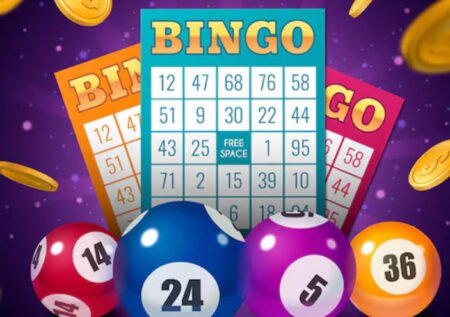Objective:
The objective in poker is to win chips or money by either having the best hand at showdown or by convincing other players to fold their hands.
Setup:
- Deck: Poker is typically played with a standard deck of 52 cards.
- Players: A game of poker can accommodate 2 to 10 players or more, depending on the variant and the table size.
Texas Hold’em Poker:
Starting the Game:
- Blinds: Before the cards are dealt, the two players to the left of the dealer button (a disk indicating the dealer position) must post mandatory bets called the small blind and the big blind. These bets ensure there is always something in the pot to play for.
- Dealing the Cards:
- Each player is dealt two private cards (hole cards) face down. These are only visible to the player themselves.
- Betting Rounds:
- Pre-Flop: Starting with the player to the left of the big blind, each player has the option to:
- Call: Match the amount of the big blind.
- Raise: Increase the bet within specified limits.
- Fold: Discard their cards and forfeit any bets made so far.
- Flop: After the first round of betting, the dealer reveals the first three community cards (known as the flop) face up on the table.
- Turn: Another round of betting occurs. Then, the dealer reveals the fourth community card (the turn or fourth street).
- River: A final round of betting occurs, followed by the dealer revealing the fifth and final community card (the river or fifth street).
- Pre-Flop: Starting with the player to the left of the big blind, each player has the option to:
- Showdown:
- If there are two or more players remaining after the final betting round, a showdown occurs.
- Players use their two hole cards and the five community cards to make the best possible five-card hand.
- The player with the best hand wins the pot. If players have identical hands, the pot is split equally.
- Winning Hands:
- Hands are ranked from highest to lowest based on standard poker hand rankings. The strongest hand is a Royal Flush (A, K, Q, J, 10 of the same suit), and the weakest is a high card.
Additional Tips:
- Bluffing: Poker involves psychological gameplay, including bluffing to deceive opponents into folding better hands.
- Position: Being in a later position (closer to the dealer button) gives you an advantage as you can see how other players act before deciding your own action.
- Practice: Understanding the rules and hand rankings is crucial, but practice and experience are key to becoming a proficient player.
Variations:
There are many variations of poker, including Omaha, Seven-Card Stud, and more. Each has its own rules and strategies, but the basic principles of poker hands and betting generally apply across all variants.
Poker is a game of skill, strategy, and psychology. It’s enjoyable to learn and can be very rewarding once mastered.
Remember that exact rules may vary depending on the casino or the variant of the game you’re playing. It’s important to know the specific rules before you start playing. Have fun!

















